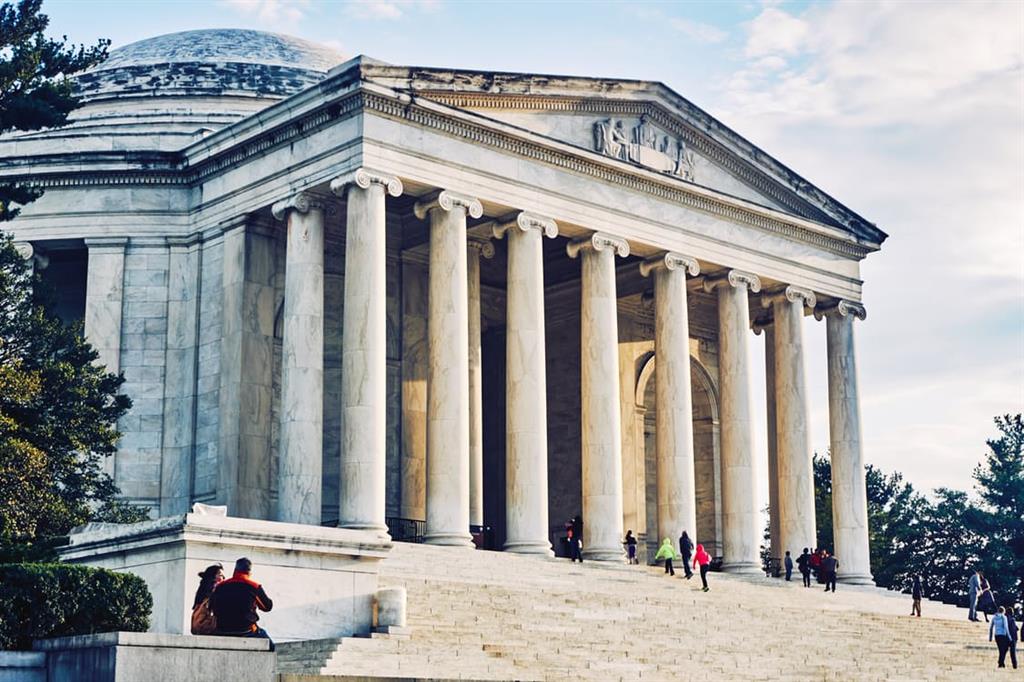Sign up for the Family Tree Newsletter! Plus, you’ll receive our 10 Essential Genealogy Research Forms PDF as a special thank you.
Get Your Free Genealogy Forms
"*" indicates required fields
As a journalist and genealogist, I’m used to sticking to the facts. But when I’m hot on the trail of an ancestral story, my imagination kicks into high gear. Like every family researcher, I want to fill in the blanks that records can’t. So I’ll try to picture how my immigrant great-great-grandparents reacted when they stepped off the ship. Or what happened on a typical day in my grandfather’s drugstore.
Sometimes, I’ll even imagine how my forebears might answer my burning genealogical questions. Take, for example, my ancestors John and Melinda (Underwood) Stacy, who were mid-19th-century farmers in northern Ohio. According to a county history published in 1897, they had 13 children. A short biography gives substantial detail about John: He owned 80 acres, served as a school official and was a “valued resident” of the community. I wonder what Melinda might say about life on the old homestead …
Q. How did you manage all those kids?
ADVERTISEMENT
A. I liked having a large family. It’s practical on a farm — you need the extra hands.
Q. 1 bet you had a lot of awful chores. Did you have to slaughter chickens?
A. Well, how else would we eat? It’s not like chickens come ready to cook.
ADVERTISEMENT
Besides reminding me to consider my ancestors’ historical context, imaginary interviews like these underscore how much of our past we’ve lost forever. In her oral history workshops, contributing editor Sharon DeBartolo Carmack often quotes an African proverb: “When an old person dies, a whole library disappears.” Sadly, we’ll never recreate those libraries — no matter how many conversations we invent.
Records can reveal many details about our forebears’ lives. But unless we’re lucky enough to find their letters and diaries — or discover a rime warp — we can only imagine our ancestors’ thoughts and feelings.
That doesn’t have to happen to our descendants, though. We can unlock our living relatives’ memory libraries, and record those stories for future generations. Haven’t chatted with Great-aunt Mildred lately? Do it now. Her interpretations will be far better than simply imagining the past. And don’t let the 1,200 miles between you and Mildred be an obstacle.
Technology gives us far more options to connect with kin than our ancestors had, and this magazine shows you ways to maximize that high-tech advantage. For example, the Web can speed your research — when you use it effectively.
Computers also fuel genealogists’ pack-rat instincts. Now you don’t have only paper to save; you have census images, scanned photographs, ancestor databases and more. Before your hard drive becomes a total organizational disaster, read contributing editor Rick Grume’s six solutions for clicking your files into order.
This issue isn’t just about technology, though. It also delves into one of the oldest, most revealing genealogical sources: church records. If you haven’t fully explored this valuable resource, you may be missing out on divine family history details. And as you’ll discover in our guide to finding and using church records, they might even give you a peek into your relatives’ emotions.
Whether that rare glimpse into an ancestor’s personality comes from a church book or a heart-to-heart with Aunt Mildred, it sure beats speculation.
From the February 2004 Family Tree Magazine
ADVERTISEMENT




